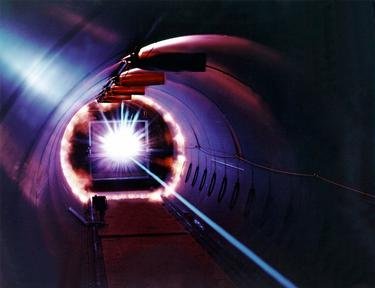Quiz Answer Key and Fun Facts
1. Is the proton a FUNDAMENTAL particle?
2. Protons and neutrons contain these-
3. The heaviest lepton is the ____ particle.
4. Muons belong to which category of fundamental particles?
5. Name the gauge boson.
6. How many bosons are there to carry the weak nuclear force?
7. Name the boson that carries the strong nuclear force.
8. Pions and Kaons belong to which category of sub-atomic particles?
9. Theoretically, which particles are believed to outnumber any other class of particles?
10. The antiparticle of an electron is called a(n)...
Source: Author
namastheg
This quiz was reviewed by FunTrivia editor
crisw before going online.
Any errors found in FunTrivia content are routinely corrected through our feedback system.

